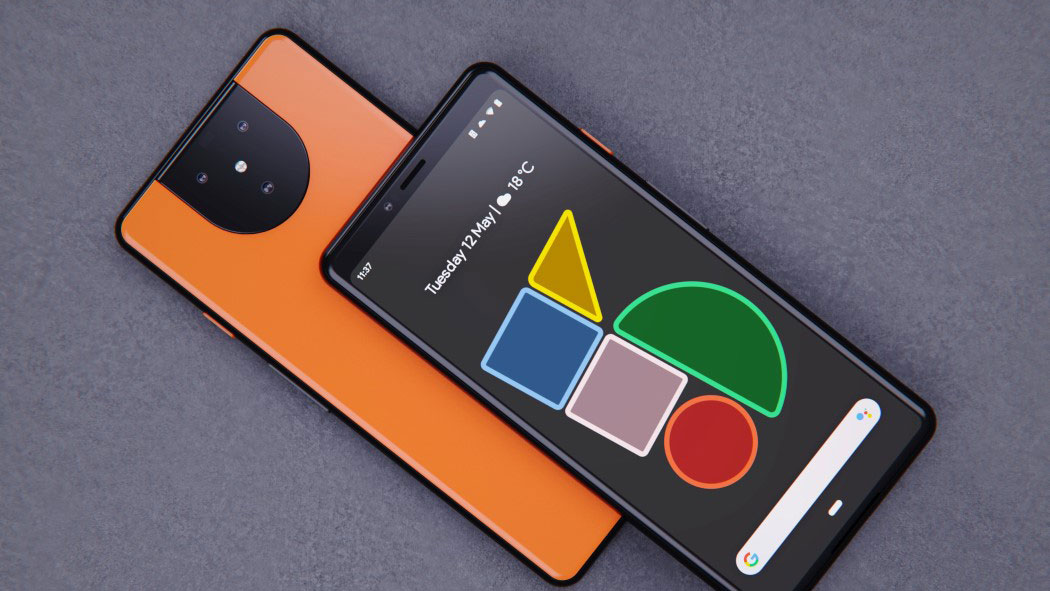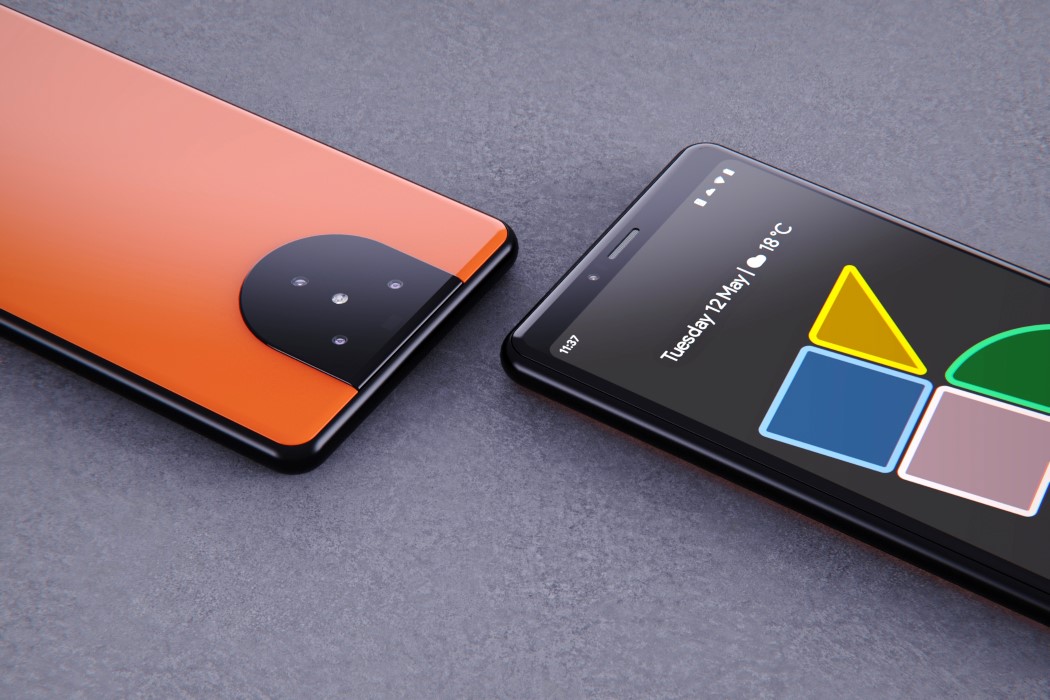

Arguably the most important thing that has distinguished the Google Pixel 4 from many of it contemporaries is that it has succeeded in providing a truly excellent mobile photography experience.
Google Pixel 4 was one of the best phones last year in the field of mobile photography and was one of the favorite devices for photography enthusiasts worlwide, with the device winning plaudits from numerous critics including T3.
- Breaking! A cheap iPhone 12 is coming – but there's a catch
- Forget the OnePlus Nord – and say hello to the OnePlus Aurora
- Xbox Series X neutralizes PS5 assault with console-war winning counter-attack
- Samsung Note 20 Ultra left laughing as iPhone 12 tech no-show confirmed
The thing is, though, the Pixel 4 wasn't perfect and competition in the Android phone market is fiercer than ever before.
Samsung, for example, since the launch of Google Pixel 4 in October last year, has presented five flagship phones that all offer great photography experiences, three belonging to the S family (Galaxy S20, S20 Plus, and S20 Ultra), and two who were launched last week belonging to the Note family (Galaxy Note 20 and Note 20 Ultra).
Huawei has done the same with the P40 family (P40, P40 Pro, and P40 Pro Plus), and it is expected to deliver an even better photography experience with the Huawei Mate 40 series (Mate 40 and Mate 40 Pro), which is expected to be released in October 2020.
As for Apple, it has already provided an excellent mobile photography experience with the iPhone 11 series (iPhone 11, iPhone 11 Pro, and iPhone 11 Pro Max), and it is expected to provide a much better experience with the upcoming iPhone 12 series (iPhone 12, iPhone 12 Max, iPhone 12 Pro, and iPhone 12 Pro Max), based on the most recently disclosed information.
So, when it comes round the Google Pixel 5, this leaves the American phone maker in front of a really great challenge.
Sign up to the T3 newsletter for smarter living straight to your inbox
Get all the latest news, reviews, deals and buying guides on gorgeous tech, home and active products from the T3 experts
The challenge? Trying to provide an even better mobile photography experience while also dealing with the deficiencies that Pixel 4 famously suffered from. For example, although the Pixel 4 offered an excellent mobile photography experience, it really suffered from a notably under-powered battery and, as a direct result, a dim display.

So what is the word on how Google intends outfit the Pixel 5 to deal with this challenge?
First up, aesthetics. Right now there is nothing clear or specific about the design of the Google Pixel 5 that has been confirmed, although there has been some pretty smart looking concept designs.
In February this year an initial image of the Google Pixel XL 5 was revealed by Jon Prosser, while 9to5Google says in a report published last July that Google doesn't intend to release the Pixel 5 XL and that it would be satisfied with the standard Pixel 5 in addition to the Pixel 4a, which was unveiled a few days ago in addition to the Pixel 4a 5G, which is expected to be released this Autumn.
Last year, Google made drastic changes to the design of the Pixel 4 and Pixel 4 XL, which made both phones completely different from the previous versions, so right now the feeling is that Google will not repeat this level of design revolution and that it will only add simple touches to the design of last year.
It is also expected that Google Pixel 5 design will be very similar to the Google Pixel 4a design, which would back this idea of minimal change up.
Now hardware. According to Ross Young of Display Supply Chain Consultants, a known authority on future mobile phone screen tech, the Google Pixel 5 display size will be 6.67 inches and it will have a refresh rate of 120Hz. Based on the available information, Google Pixel 5 will come either with an OLED screen or a Quad HD screen.
The most distinctive thing about Google Pixel 4 was its ability to deliver a great photography experience, but the phone was notably missing a wide-angle lens camera, which some was a marked issue. According to the latest leaks, though, Google has corrected the matter and will add a wide-angle lens camera to Google Pixel 5 in addition to the two previously existing cameras (the standard, and telephoto).
The built-in camera application in Android 11 has got new features, too. For example, there is a Motion Blur mode that allows taking shots while in motion, while there is also an audio zoom feature that allows the user to control the volume level while shooting videos. Finally, the camera app offers more sharing options for photos and videos.
According to 9to5Google, Google Pixel 5 will be powered by a Qualcomm Snapdragon 765G system-on-chip. There is no information about the amount of RAM that the Google Pixel 5 will contain, but it is likely the figure will fall between 6 and 8 GB RAM.
The same applies to the internal storage space – there is no confirmed information, but based on rumors and leaks, the internal storage space in Google Pixel 5 will range between 64 GB and 128 GB.
In terms of things that are confirmed, the Google Pixel 5 will support 5G technology, reverse wireless charging, and face unlock. Regarding the operating system, the Google Pixel 5 will naturally run on the brand new Android 11 OS.
As for release date and price, according to the French version of the Google Blog, Google Pixel 5 will be available for pre-order on the eighth of October this year, which gives an indication that the official announcement of Google Pixel 5 will be on the same day (typically pre-orders open on the same day of the official announcement of the phone).
The Google Pixel 5 will be available only in nine countries at launch, too: United States Canada the United Kingdom Ireland France Germany Japan Taiwan Australia. The reason? Because there is a strong infrastructure for 5G networks in these countries.
Oh, and as for the price, based on the results of a survey conducted by Google, it plans to sell Google Pixel 5 for $699 as a starting price, which will be for the entry level model (in terms of internal storage space).
Hopefully we will hear more about the Google Pixel 5 soon, so be sure to check back in to T3.com shortly for an even cleared picture.
-
 3 overrated shoulder exercises, according to a fitness expert (and what to do instead)
3 overrated shoulder exercises, according to a fitness expert (and what to do instead)Sculpt 3D shoulders whilst minimising injury with these three alternative exercises
By Bryony Firth-Bernard Published
-
 Polar’s new subscription feature lands in the shadow of Garmin’s Connect+ rollout
Polar’s new subscription feature lands in the shadow of Garmin’s Connect+ rolloutPR genius or timing disaster? Polar’s new Fitness Programme adds adaptive training to its ecosystem
By Matt Kollat Published